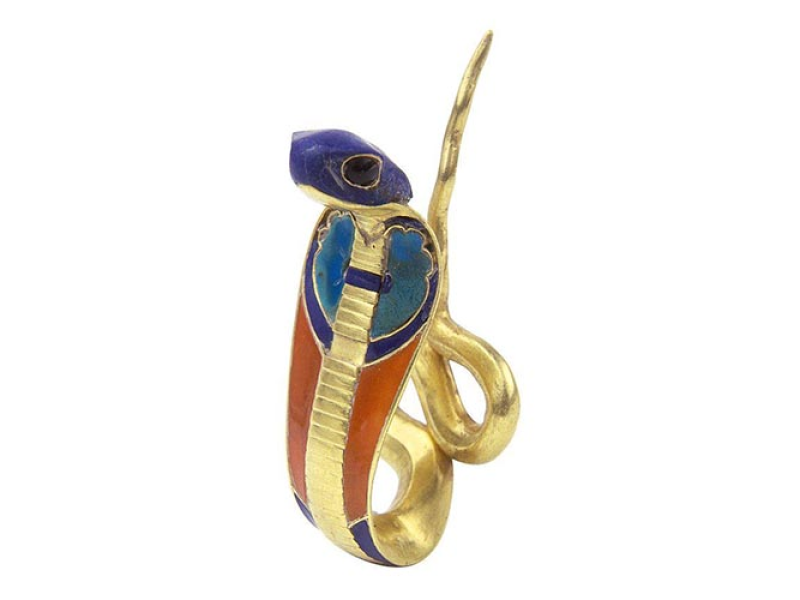Uranus “Symbol of Royalty”
The Uraeus is an ancient symbol that represents the cobra the animal representation of the goddess Wadjet of royalty. The symbol is the embodiment of sovereignty, royalty, and divine authority. The ancient Egyptians believed that the Uranus symbol can provide magical powers and protection according to the myth of the cobra that was given to the pharaohs from the god Geb of the earth as a sign of kingship. The Uraeus was used as an ornament for statuary, was found on the top of his crown, and as an adornment on the pharaoh plus for jewelry and in amulets. It was also used in hieroglyph which represents a shrine or a building. Note: Uranus is an ancient Egyptian symbol of royalty, the Sun, sovereignty, protection, divinity, and authority. It describes the legitimacy of the pharaoh and declares him the Great of Magic. It is a Royal Symbol that has been featured with many gods across the ages, it was referred to as the Eye of the Moon, the Eye of Hathor, the Eye of Horus, and the Eye of Ra plus it was shown with many pharaohs such as King Tutankhamun.

The Uraeus is a symbol for the goddess Wadjet. She was one of the earliest Egyptian deities and was often depicted as a cobra, as she is the serpent goddess. The center of her cult was in Per-Wadjet, later called Buto by the Greeks. She became the patroness of the Nile Delta and the protector of all of Lower Egypt. The pharaohs wore the uraeus as a head ornament: either with the body of Wadjet atop the head, or as a crown encircling the head; this indicated Wadjet’s protection and reinforced the pharaoh’s claim over the land. In whatever manner that the Uraeus was displayed upon the pharaoh’s head, it was, in effect, part of the pharaoh’s crown. The pharaoh was recognized only by wearing the Uraeus, which conveyed legitimacy to the ruler. There is evidence for this tradition even in the Old Kingdom during the third millennium BCE. Several goddesses associated with or being considered aspects of Wadjet are depicted wearing the uraeus as well. At the time of the unification of Egypt, the image of Nekhbet, the goddess who was represented as a white vulture and held the same position as the patron of Upper Egypt, joined the image of Wadjet on the Uraeus that would encircle the crown of the pharaohs who ruled the unified Egypt. The importance of their separate cults kept them from becoming merged as with so many Egyptian deities. Together, they were known as the Nebty or the Two Ladies, who became the joint protectors and patrons of the unified Egypt. Later, the pharaohs were seen as a manifestation of the sun god Ra, and so it also was believed that the Uraeus protected them by spitting fire on their enemies from the fiery eye of the goddess. [citation needed] In some mythological works, the eyes of Ra are said to be uraei.




Comment (0)